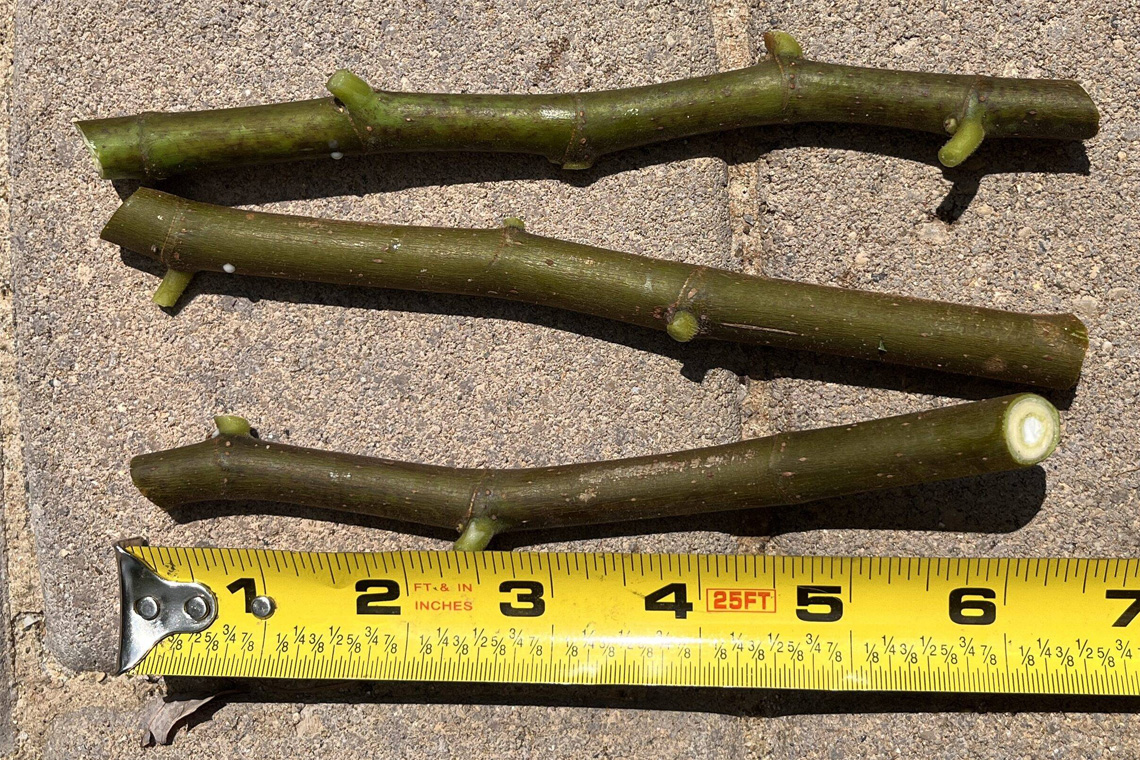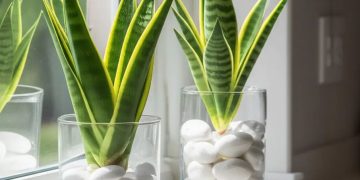Taking plant cuttings is an excellent way to propagate new plants from an existing one, allowing you to expand your garden or share plants with others. However, while the process can be quite straightforward, there are several common mistakes that can hinder the success of rooting and growing cuttings. Avoiding these errors will help ensure healthy, thriving new plants. Here are the key mistakes to watch out for when taking plant cuttings:
1. Using the Wrong Type of Cutting
Not all plant parts are suitable for taking cuttings. Typically, the best cuttings come from healthy stems, leaves, or roots, depending on the type of plant. The most common mistake is using a cutting that’s too old, too soft, or too young.
- Old wood may be too mature and less likely to root.
- Softwood cuttings (young, green growth) are more likely to root successfully for many plants, but they can also be prone to disease.
- Semi-hardwood cuttings, taken from a mature but not fully woody part of the plant, are usually a good choice for many trees and shrubs.

Always ensure you are taking cuttings from the appropriate part of the plant for the species.
2. Using a Dull or Contaminated Cutting Tool
Using scissors, knives, or shears that are dull or contaminated with dirt or disease can introduce pathogens into your cuttings. This increases the risk of infection and prevents the cutting from rooting properly.
Solution: Always use a sharp, clean tool when making your cuts. Disinfect the tool between cuts with rubbing alcohol to prevent cross-contamination.
3. Cutting Too Much or Too Little
Another common mistake is cutting either too much or too little from the parent plant. Taking a cutting that is too large can sap the energy from the cutting and make it difficult for the plant to root. On the other hand, taking a cutting that is too small may not have enough tissue to develop roots effectively.

Solution: Aim for a cutting that is about 4-6 inches long, with at least two or three nodes (the points where leaves and roots grow). This gives the cutting enough energy to root and develop into a new plant.
4. Not Removing Lower Leaves
When propagating cuttings, it’s important to remove the leaves on the bottom portion of the cutting. If the leaves are left on, they can rot in the soil or water, leading to fungal issues or hindering root development.
Solution: Strip off the leaves from the bottom half of the cutting to prevent rot and encourage root growth. Be careful not to damage the growing tip of the cutting.
5. Failing to Use Rooting Hormone
Rooting hormones help stimulate root growth by providing the cutting with the necessary chemicals. While some plants root well without it, many others benefit from this extra boost.
Solution: Use a rooting hormone (available in gel, powder, or liquid form) to encourage quicker and more robust root development. Simply dip the cut end of the cutting into the hormone before planting.
6. Inadequate Moisture and Humidity
Cuttings need a high level of humidity and moisture to prevent dehydration while they are developing roots. Without proper humidity, the cutting will dry out before it has a chance to form roots.
Solution: After planting the cutting, cover it with a plastic bag or place it in a propagator to maintain high humidity. You can also mist the cutting regularly to keep it moist. Just ensure there is good airflow to prevent mold.
7. Planting Cuttings Too Deeply or Shallow
Planting the cutting too deeply in the soil can cause the cutting to rot, while planting it too shallow can result in the cutting not making contact with the soil, hindering root development.
Solution: Plant the cutting deep enough so that at least one node is in contact with the growing medium, but not so deep that it risks rotting. Generally, bury the cutting about one to two inches deep, depending on the size.
8. Using the Wrong Growing Medium
The growing medium you choose is critical for successful rooting. A heavy, nutrient-rich soil may suffocate the cutting or hold too much moisture, which leads to rot. Conversely, a very dry or compact medium won’t provide the support needed for root development.
Solution: Use a well-draining medium like perlite, vermiculite, or a mix of peat and sand. This type of soil helps prevent rot while providing enough structure for the cutting to establish roots.
9. Placing Cuttings in Direct Sunlight
While some plants thrive in sunlight, newly rooted cuttings need a gentle environment to encourage root growth without the stress of direct sun exposure.
Solution: Keep your cuttings in a shaded, warm location until roots develop. After they start growing roots, you can gradually introduce them to more sunlight.
10. Giving Up Too Soon
Patience is key when propagating cuttings. Sometimes it can take weeks or even months for cuttings to develop roots, depending on the species and growing conditions.
Solution: Don’t be discouraged if you don’t see immediate results. Check the cutting periodically for signs of root growth, but give it time and don’t rush the process. If the cutting hasn’t rooted after several weeks, it may still develop roots if you remain patient.
Conclusion
Taking plant cuttings can be a rewarding and cost-effective way to grow your garden, but avoiding common mistakes is essential for success. By using the right type of cutting, maintaining proper moisture, and providing a suitable growing medium, you can ensure a high rate of success. Be patient and attentive to the needs of your cuttings, and you'll soon enjoy the results of your propagation efforts!
















